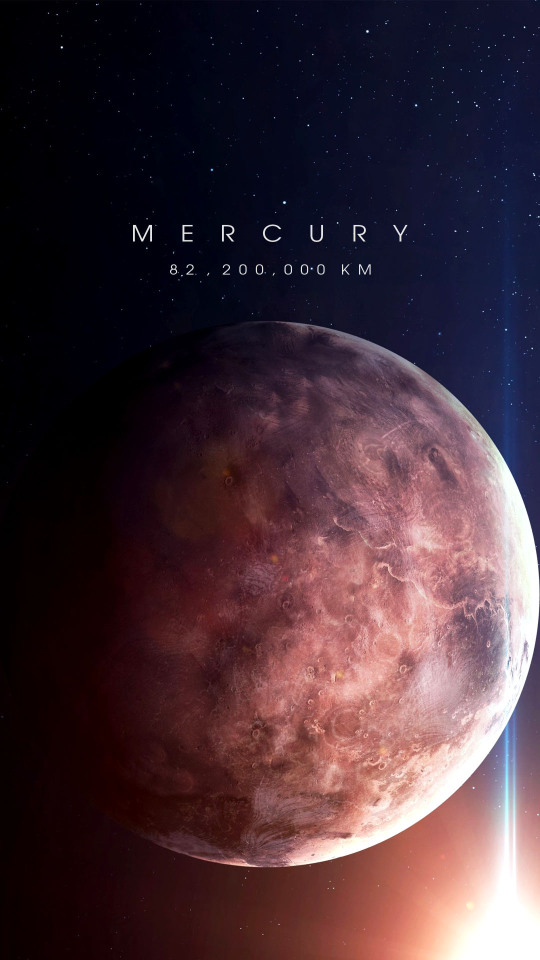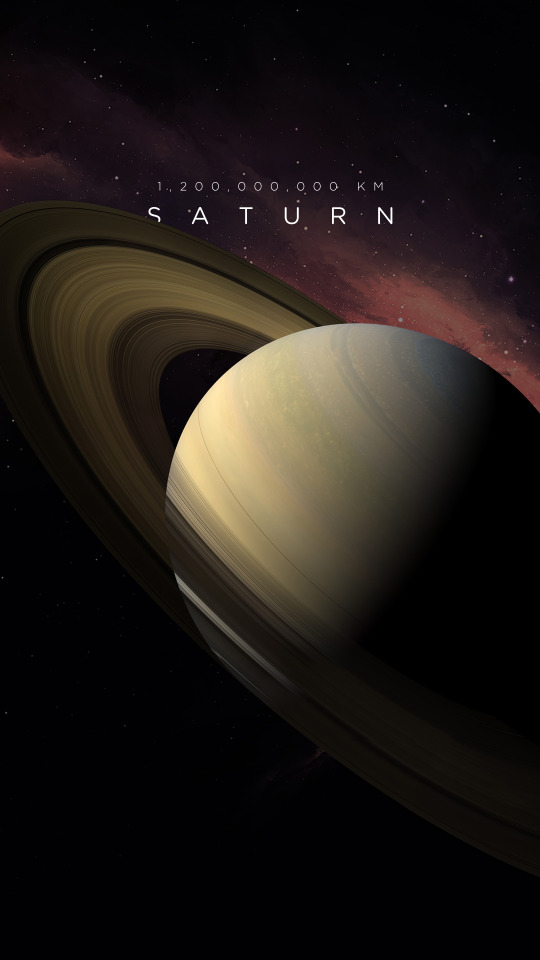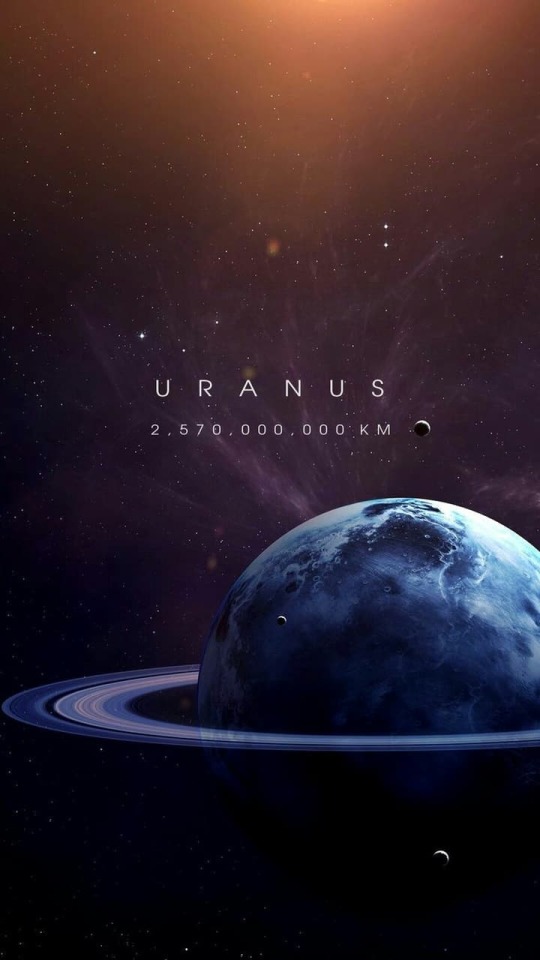The First Palaeontologist On Mars
The first palaeontologist on Mars

(Image: Artist’s impression of NASA’s Perseverance rover on Mars)
Today NASA’s Perseverance rover landed on Mars. I don’t usually talk astronomy on this blog, but this time it’s relevant because—as you might have read—Perseverance is more or less the first palaeontologist on Mars!
Let me explain.

(Image: Satellite topography map of Jezero Crater, the site where Perseverance landed)
The site where Perseverance is landing, Jezero Crater, is a meteor impact crater near Mars’s Equator (say that 10 times fast!). It has evidence of a delta—the geomorphic feature that occurs when running water enters a large body of water. Orbital analyses also suggest it’s filled with carbonate rock—the kind that tend to deposit at the bottom of bodies of water.
Jezero Crater is not filled with water today. But the evidence strongly suggests it once was. If we’re going to find evidence of life on Mars, this is a good place to start looking.
Microbial fossils
When you think of fossils, most people think of giant T. rex skeletons, or frozen woolly mammoths, or neanderthal skulls. Maybe you’ve been around the block a bit, and you think about corals, or plant fossils, or tiny fossil shells. But some of the most common and important fossils on Earth are even tinier. Microbial fossils are commonly made by bacteria, archaea, and the like.

(Image: A cross-section of a stromatolite fossil, showing the multiple layers)
Some of the earliest fossils on earth are called stromatolites. They occur when bacterial colonies grow together in a mat—then, over time, sediment deposits over the colony, and the bacteria form another layer on top of the previous layer. Over time, many layers can be formed.

(Image: Helium Ion Microscopy image of iron oxide filaments formed by bacteria)
Although we breathe in oxygen and breathe out carbon dioxide, many microbes are not quite so restricted, and can breathe anything from sulphur to iron to methane or ammonia. When they do this, they often leave behind solid waste products, such as the above iron oxide filaments, that give away their presence. We can tell these apart from normal minerals in a number of ways, including by the relative proportions of different isotopes in them.

(Image: Schematic digram showing how molecular fossils form and are studied)
However, some of the most important fossils are molecular fossils. Living organisms produce a variety of different organic molecules; even long after the bodies of these organisms decay, those molecules can stay behind in an altered form for millions or even billions of years. If we’re looking for evidence of life on Mars, this might be our best bet.
Enter Perseverance

(Image: Diagram of Perseverance rover showing different instruments)
The Perseverance rover is overall similar in design to the Curiosity rover that landed in 2012, but there are some key differences—and most relevant here is that it’s a geological powerhouse. It’s got a number of instruments designed to carry out detailed geologic investigations:
RIMFAX is a ground-penetrating Radar unit. Like normal Radar, it works by sending radio waves into the ground; different materials affect the radio waves differently, as do transitions between different materials. This will allow us to, for the first time, study the geology of Mars below the surface to get an idea of what has been going on down there.

(Image: This is the kind of result produced by ground-penetrating radar—a rough image of the stratigraphy below the surface.)
PIXL (Planetary Instrument for X-ray Lithochemistry) shoots x-rays at samples and examines how they fluoresce in reaction. This allows for the detection of the elemental composition of a sample—helping us better understand the geology of the area, and potentially detect signatures of life.
SuperCam is a multi-function laser spectrometer that uses four different spectroscopy methods to examine the composition of samples. They all work in similar ways—essentially, different molecules react to laser stimulation differently, and different amounts of energy are required to make different molecules vibrate. The way that these molecules react can help us identify their composition, and the hope is that this may allow us to detect molecular fossils (these methods allow us to detect molecular fossils on Earth!)
SHERLOC (Scanning Habitable Environments with Raman & Luminescence for Organics & Chemicals) is another spectroscopic instrument—this one, however, is more precise, and optimised for detecting trace biosignatures in samples. It works similar to the above, using an ultraviolet laser to scan a 7 × 7 mm zone for evidence of organic compounds.
In addition to studying samples in situ, Perseverance will package small samples and leave them behind on Mars. A planned future mission will collect these packaged samples and launch them into space, where an orbiter will collect them and—hopefully—return them to Earth. This would be the first time that samples have ever been recovered from Mars, and would go a long way in increasing our understanding of the Martian environment and geology.
There’s no way of knowing yet what Perseverance will find—but even the fact that a robot palaeontologist is on Mars is incredibly exciting. Here’s to many years of discovery!
More Posts from Sergioballester-blog and Others

Curiosity: Sol 3048 via NASA https://ift.tt/3vSSsDz




Perseverance: Some early Navcam (navigation camera) images taken over the (Earth) weekend on sol 2. Originals are here: [1] [2] [3] [4]. Credit: NASA/JPL-Caltech

Amazing Space Shuttle Shot. 🚀

Sampling the ocean on Enceladus by europeanspaceagency

Hubble Spies Spooky Shadow on Jupiter’s Giant Eye by NASA Goddard Photo and Video
NASA’s Search for Life: Astrobiology in the Solar System and Beyond
Are we alone in the universe? So far, the only life we know of is right here on Earth. But here at NASA, we’re looking.

We’re exploring the solar system and beyond to help us answer fundamental questions about life beyond our home planet. From studying the habitability of Mars, probing promising “oceans worlds,” such as Titan and Europa, to identifying Earth-size planets around distant stars, our science missions are working together with a goal to find unmistakable signs of life beyond Earth (a field of science called astrobiology).
Dive into the past, present, and future of our search for life in the universe.

Mission Name: The Viking Project
Launch: Viking 1 on August 20, 1975 & Viking 2 on September 9, 1975
Status: Past
Role in the search for life: The Viking Project was our first attempt to search for life on another planet. The mission’s biology experiments revealed unexpected chemical activity in the Martian soil, but provided no clear evidence for the presence of living microorganisms near the landing sites.

Mission Name: Galileo
Launch: October 18, 1989
Status: Past
Role in the search for life: Galileo orbited Jupiter for almost eight years, and made close passes by all its major moons. The spacecraft returned data that continues to shape astrobiology science –– particularly the discovery that Jupiter’s icy moon Europa has evidence of a subsurface ocean with more water than the total amount of liquid water found on Earth.

Mission Name: Kepler and K2
Launch: March 7, 2009
Status: Past
Role in the search for life: Our first planet-hunting mission, the Kepler Space Telescope, paved the way for our search for life in the solar system and beyond. Kepler left a legacy of more than 2,600 exoplanet discoveries, many of which could be promising places for life.

Mission Name: Perseverance Mars Rover
Launch: July 30, 2020
Status: Present
Role in the search for life: Our newest robot astrobiologist is kicking off a new era of exploration on the Red Planet. The rover will search for signs of ancient microbial life, advancing the agency’s quest to explore the past habitability of Mars.

Mission Name: James Webb Space Telescope
Launch: 2021
Status: Future
Role in the search for life: Webb will be the premier space-based observatory of the next decade. Webb observations will be used to study every phase in the history of the universe, including planets and moons in our solar system, and the formation of distant solar systems potentially capable of supporting life on Earth-like exoplanets.

Mission Name: Europa Clipper
Launch: Targeting 2024
Status: Future
Role in the search for life: Europa Clipper will investigate whether Jupiter’s icy moon Europa, with its subsurface ocean, has the capability to support life. Understanding Europa’s habitability will help scientists better understand how life developed on Earth and the potential for finding life beyond our planet.

Mission Name: Dragonfly
Launch: 2027
Status: Future
Role in the search for life: Dragonfly will deliver a rotorcraft to visit Saturn’s largest and richly organic moon, Titan. This revolutionary mission will explore diverse locations to look for prebiotic chemical processes common on both Titan and Earth.
For more on NASA’s search for life, follow NASA Astrobiology on Twitter, on Facebook, or on the web.
Make sure to follow us on Tumblr for your regular dose of space!

Mercury capsule interior. 🚀










Our Amazing Solar System










Pluto’s Surface Changes Faster Than Earth’s, And A Subsurface Ocean Is Driving It
“These mountains aren’t static and stable, but rather are temporary water-ice mountains atop a volatile, nitrogen sea. The evidence for this comes from multiple independent observations. The mountains only appear between the hilly highlands, after the edge of a basin rim, and young plains with flowing canals. These young plains occur in Pluto’s heart-shaped lobe, which itself was caused by an enormous impact crater. Only a subsurface, liquid water ocean beneath the crust could cause the uplift we then see, leaving the nitrogen to fill it in.”
In July of 2015, NASA’s New Horizons Mission arrived at Pluto, photographing the world at the highest resolution ever, with some places getting as up-close as just 80 meters (260 feet) per pixel. Not bad for a world more than 3 billion miles (5 billion kilometers) from home! What we’ve learned is breathtaking. Rather than a static, frozen world, we found one with tons of evidence for active, interior geology, as well as with a changing surface that renews itself and undergoes cycles, quite unexpectedly to many. There’s also not an enormous heart, but rather a massive, volatile-filled crater that caused Pluto to tip over at least once in its past, and may yet cause it to tip over again in the near future.
If you ever wanted to know how these distant, icy worlds come alive, there’s never been a better way to find out than in the aftermath of what New Horizons taught us!

The Challenger space shuttle is starting last successfull mission before disaster. Credit: NASA
-
 darkwingphoenix liked this · 10 months ago
darkwingphoenix liked this · 10 months ago -
 paladinsaredumb reblogged this · 10 months ago
paladinsaredumb reblogged this · 10 months ago -
 thefastandthefurriest liked this · 1 year ago
thefastandthefurriest liked this · 1 year ago -
 kaiyves-backup liked this · 1 year ago
kaiyves-backup liked this · 1 year ago -
 okcomet reblogged this · 2 years ago
okcomet reblogged this · 2 years ago -
 madetoomanybookmarks liked this · 2 years ago
madetoomanybookmarks liked this · 2 years ago -
 truly-fantastic-me liked this · 2 years ago
truly-fantastic-me liked this · 2 years ago -
 fivefeather reblogged this · 2 years ago
fivefeather reblogged this · 2 years ago -
 logello liked this · 2 years ago
logello liked this · 2 years ago -
 wishinajar reblogged this · 2 years ago
wishinajar reblogged this · 2 years ago -
 miojooj liked this · 2 years ago
miojooj liked this · 2 years ago -
 tittysmith liked this · 2 years ago
tittysmith liked this · 2 years ago -
 theradioghost liked this · 2 years ago
theradioghost liked this · 2 years ago -
 queer-inside-a-ravioli liked this · 2 years ago
queer-inside-a-ravioli liked this · 2 years ago -
 redpigeonduck liked this · 2 years ago
redpigeonduck liked this · 2 years ago -
 cchexmex liked this · 3 years ago
cchexmex liked this · 3 years ago -
 erkescapism reblogged this · 3 years ago
erkescapism reblogged this · 3 years ago -
 erkescapism liked this · 3 years ago
erkescapism liked this · 3 years ago -
 vykkerslabrat reblogged this · 3 years ago
vykkerslabrat reblogged this · 3 years ago -
 potatosapien5 liked this · 3 years ago
potatosapien5 liked this · 3 years ago -
 kork-likes-bacon liked this · 3 years ago
kork-likes-bacon liked this · 3 years ago -
 temnomics liked this · 3 years ago
temnomics liked this · 3 years ago -
 ruby-seadragon liked this · 3 years ago
ruby-seadragon liked this · 3 years ago -
 gidguard liked this · 3 years ago
gidguard liked this · 3 years ago -
 brokebutbougielifting liked this · 3 years ago
brokebutbougielifting liked this · 3 years ago -
 blackdragone reblogged this · 3 years ago
blackdragone reblogged this · 3 years ago -
 blackdragone liked this · 3 years ago
blackdragone liked this · 3 years ago -
 erideight reblogged this · 3 years ago
erideight reblogged this · 3 years ago -
 erideight liked this · 3 years ago
erideight liked this · 3 years ago -
 nillajinx reblogged this · 3 years ago
nillajinx reblogged this · 3 years ago -
 nillajinx liked this · 3 years ago
nillajinx liked this · 3 years ago -
 priinzesinn liked this · 3 years ago
priinzesinn liked this · 3 years ago -
 maddieisabrodwaygeek liked this · 3 years ago
maddieisabrodwaygeek liked this · 3 years ago -
 luxlovesall reblogged this · 3 years ago
luxlovesall reblogged this · 3 years ago -
 luxlovesall liked this · 3 years ago
luxlovesall liked this · 3 years ago -
 defineshitposting liked this · 3 years ago
defineshitposting liked this · 3 years ago -
 faggotri reblogged this · 3 years ago
faggotri reblogged this · 3 years ago -
 faggotri liked this · 3 years ago
faggotri liked this · 3 years ago -
 tt-squid reblogged this · 3 years ago
tt-squid reblogged this · 3 years ago -
 lemoooky liked this · 3 years ago
lemoooky liked this · 3 years ago -
 perytonpred liked this · 3 years ago
perytonpred liked this · 3 years ago -
 raxxoonhands liked this · 3 years ago
raxxoonhands liked this · 3 years ago -
 spockmyworld reblogged this · 3 years ago
spockmyworld reblogged this · 3 years ago -
 spockmyworld liked this · 3 years ago
spockmyworld liked this · 3 years ago -
 grumpysins-art-blog reblogged this · 3 years ago
grumpysins-art-blog reblogged this · 3 years ago -
 sleepy-dragons liked this · 3 years ago
sleepy-dragons liked this · 3 years ago